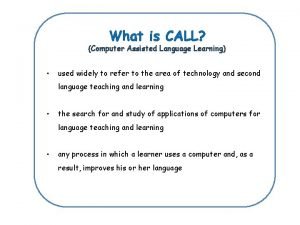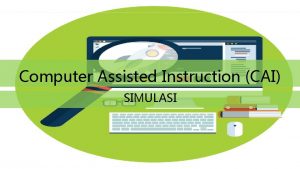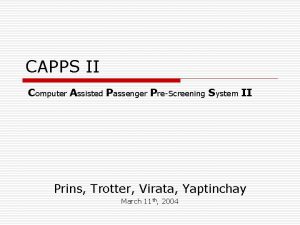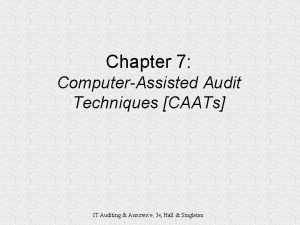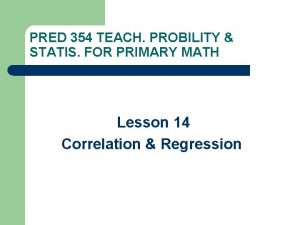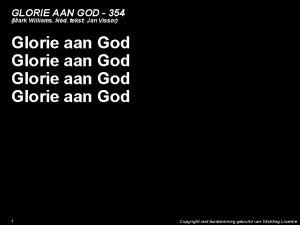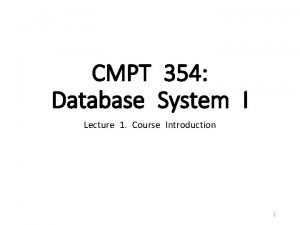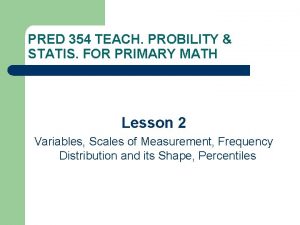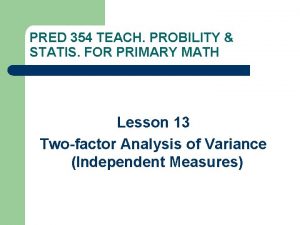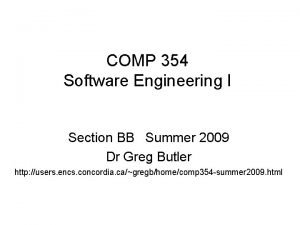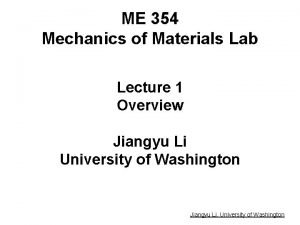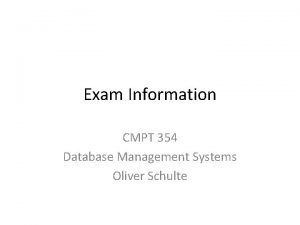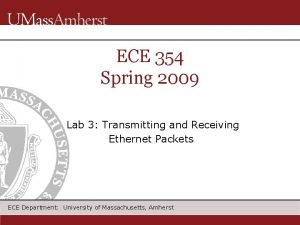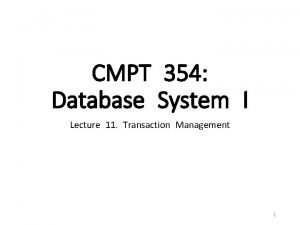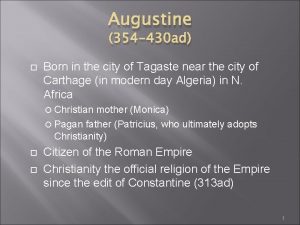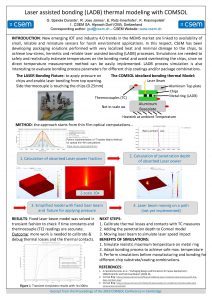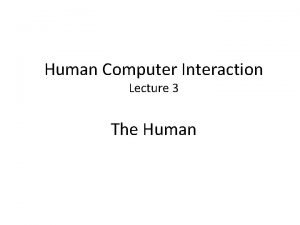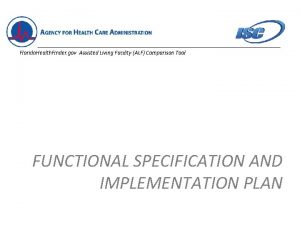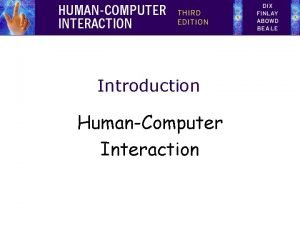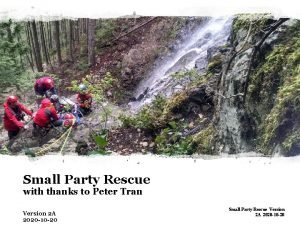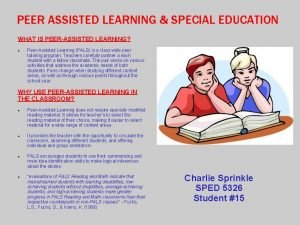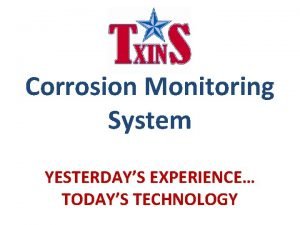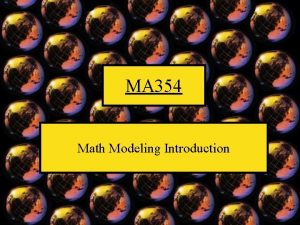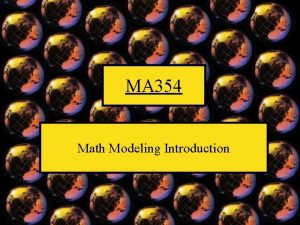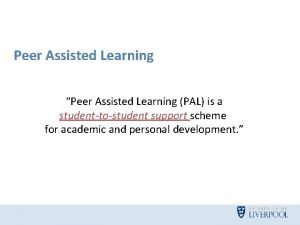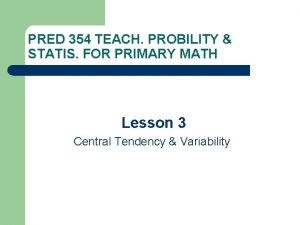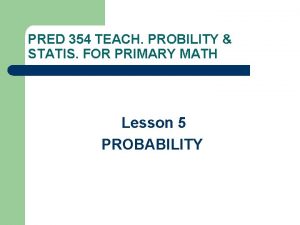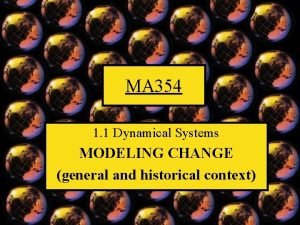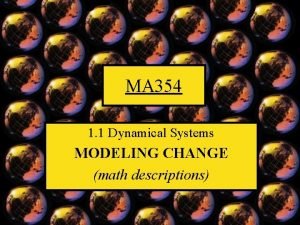MA 354 Computer Assisted Math Modeling Math Modeling



















































- Slides: 51

MA 354 Computer Assisted Math Modeling: Math Modeling Introduction

Outline A. Three Course Objectives 1. Model literacy: understanding a typical model description 2. Model Analysis: understanding the information a model provides (and its relevance to the real world. . ) 3. Building Models: choose assumptions, write description using mathematical notation, build the model in software B. What is a “model”? Model= description of relationships among quantities. C. Building a Model D. Model Classifications


A. Course Objectives

Course Objectives • Objective 1: Model Literacy The first objective is the ability to “read” models and understand what the important features being communicated from a given mathematical description.

Interpreting the Mathematical Description of a Model Implicit and discrete: System of equations: Exotic or unfamiliar model: (statistical mechanics)

Course Objectives • Objective 2: Model Analysis and Validity The second objective is to study mathematical models analytically and numerically. The mathematical conclusions thus drawn are interpreted in terms of the real-world problem that was modeled, thereby ascertaining the validity of the model.

Course Objectives • Objective 3: Model Construction The third objective is to learn to build models of real-world phenomena by making appropriate simplifying assumptions and identifying key factors.

MA 354 Computer Assisted Math Modeling: Math Modeling Introduction

Outline A. Three Course Objectives 1. Model literacy: understanding a typical model description 2. Model Analysis: understanding the information a model provides (and its relevance to the real world. . ) 3. Building Models: choose assumptions, write description using mathematical notation, build the model in software B. What is a “model”? Model= description of relationships among quantities. C. Building a Model D. Model Classifications

B. What is a model?

Not the type of model we mean:

Not the type of model we mean:

Not the type of model we mean:

For us, a model is: • A set of variables {u, v, w, …} – Selected based on those the a phenomenon of interest is hypothesized to depend on – Together define a system • A description of the functional quantitative relationship of those variables

Simple example: •

“Interesting” examples: •

“Interesting” examples: •

Classic Modeling Examples

Classic Modeling Examples Malthusian Population Growth (exponential)

Classic Modeling Examples Logistic Population Growth

Classic Modeling Examples Malthusian Population Growth (exponential)

Classic Modeling Examples Malthusian Population Growth (exponential)

Classic Modeling Examples Logistic Population Growth

Classic Modeling Examples Epidemic Spread: Kermack-Mc. Kendrick 1927 SIR Model

Classic Modeling Examples Epidemic Spread: Kermack-Mc. Kendrick 1927 SIR Model Short time periods: exponential increase in cases

Classic Modeling Examples Epidemic Spread: Kermack-Mc. Kendrick 1927 SIR Model Long term behavior: more complex

C. Building Models

Model Construction. . • A modeler must first select a number of variables, and then determine and describe their relationship. • Note: pragmatically, simplicity and computational efficiency often trump accuracy. (A mathematical model describes a system with variables {u, v, w, …} by describing the functional relationship of those variables. )

Model Construction. . • A modeler must first select a number of variables, and then determine and describe their relationship. • Note: pragmatically, simplicity and computational efficiency often trump accuracy. (A mathematical model describes a system with variables {u, v, w, …} by describing the functional relationship of those variables. )

Model Construction. . • A modeler must first select a number of variables, and then determine and describe their relationship. • Note: pragmatically, simplicity and computational efficiency often trump accuracy. The value of a model is in its ability to make an accurate or (A mathematical model describes a system with variables useful set of predictions, not in all possible aspects. of {u, v, w, …} by describing the realism functional relationship variables. ) those

Principles of Model Design • Model design: – Models are extreme simplifications! – A model should be designed to address a particular question; for a focused application. – The model should focus on the smallest subset of attributes to answer the question. – This is a feature, not a problem. • Model validation: – Does the model reproduce relevant behavior? Necessary but not sufficient. – New predictions are empirically confirmed. Better • Model value: – Better understanding of known phenomena – does the model allow investigation of a question of interest? – New phenomena predicted that motivate further experiments.

Classifying Models

In Class Assignment (submit on Sakai / optional) • • Choose a topic Find a mathematical model on that topic Share the mathematical model you found with a screen shot and/or a link. Write a brief(!) description of the model. (What does it do and what sort of model is it? )

Classifying Models • By application (ecological, epidemiological, etc) • Discrete or continuous? • Stochastic or deterministic? • Simple or Sophisticated • Validated, Hypothetical or Invalidated

DISCRETE OR CONTINUOUS?

Discrete verses Continuous • Discrete: – Values are separate and distinct (definition) – Either limited range of values (e. g. , measurements taken to nearest quarter inch) – Or measurements taken at discrete time points (e. g. , every year or once a day, etc. ) • Continuous – Values taken from the continuum (real line) – Instantaneous, continuous measurement (in theory)

Modeling Approaches Continuous Verses Discrete • Continuous Approaches (differential equations) • Discrete Approaches (lattices)

Modeling Approaches Continuous Verses Discrete • Continuous Approaches (smooth equations) • Discrete Approaches (discrete representation)

Continuous Models • Good models for HUGE populations (1023), where “average” behavior is an appropriate description. • Usually: ODEs, PDEs • Typically describe “fields” and long-range effects • Large-scale events – Diffusion: Fick’s Law – Fluids: Navier-Stokes Equation

Continuous Models http: //math. uc. edu/~srdjan/movie 2. gif Biological applications: Cells/Molecules = density field. Rotating Vortices http: //www. eng. vt. edu/fluids/msc/gallery/gall. htm

Discrete Models • E. g. , cellular automata. • Typically describe micro-scale events and short-range interactions • “Local rules” define particle behavior • Space is discrete => space is a grid. • Time is discrete => “simulations” and “timesteps” • Good models when a small number of elements can have a large, stochastic effect on entire system.

Hybrid Models • Mix of discrete and continuous components • Very powerful, custom-fit for each application • Example: Modeling Tumor Growth – Discrete model of the biological cells – Continuum model for diffusion of nutrients and oxygen – Yi Jiang and colleagues:

Modeling Approaches Deterministic Verses Stochastic • Deterministic Approaches – Solution is always the same and represents the average behavior of a system. • Stochastic Approaches – A random number generator is used. – Solution is a little different every time you run a simulation. • Examples: Compare particle diffusion, hurricane paths.

Stochastic Models • Accounts for random, probabilistic phenomena by considering specific possibilities. • In practice, the generation of random numbers is required. • Different result each time.

Deterministic Models • One result. • Thus, analytic results possible. • In a process with a probabilistic component, represents average result.

Stochastic vs Deterministic • Averaging over possibilities deterministic • Considering specific possibilities stochastic • Example: Random Motion of a Particle – Deterministic: The particle position is given by a field describing the set of likely positions. – Stochastic: A particular path if generated.

Other Ways that Model Differ • What is being described? • What question is the model trying to investigate? • Example: An epidemiology model that describes the spread of a disease throughout a region, verses one that tries to describe the course of a disease in one patient.

Increasing the Number of Variables Increases the Complexity • What are the variables? – A simple model for tumor growth depends upon time. – A less simple model for tumor growth depends upon time and average oxygen levels. – A complex model for tumor growth depends upon time and oxygen levels that vary over space.

Spatially Explicit Models • • • Spatial variables (x, y) or (r, ) Generally, much more sophisticated. Generally, much more complex! ODE: no spatial variables PDE: spatial variables

In Class Assignment (submit on Sakai / optional) • • Choose a topic Find a mathematical model on that topic Share the mathematical model you found with a screen shot and/or a link. Write a brief(!) description of the model. (What does it do and what sort of model is it? )
 Define computer assisted language learning
Define computer assisted language learning Advantages of computer assisted language learning
Advantages of computer assisted language learning Contoh computer assisted instruction
Contoh computer assisted instruction Computer assisted passenger prescreening system
Computer assisted passenger prescreening system Computer assisted guidance systems
Computer assisted guidance systems Computer assisted audit techniques slideshare
Computer assisted audit techniques slideshare Computer aided software testing
Computer aided software testing Base case system evaluation
Base case system evaluation Erickson nursing theory
Erickson nursing theory Relational vs dimensional data modeling
Relational vs dimensional data modeling Informe técnico nº 1819-2018-servir-gpgsc
Informe técnico nº 1819-2018-servir-gpgsc Informe técnico 1005-2018-servir-gpgsc
Informe técnico 1005-2018-servir-gpgsc Time bound promotion
Time bound promotion Math pred
Math pred Tekst glorie aan god
Tekst glorie aan god Sfu cmpt 354
Sfu cmpt 354 Opwekking 354
Opwekking 354 354
354 Math pred
Math pred Pred 354
Pred 354 Comp 354
Comp 354 Art 354 kc
Art 354 kc Me 354
Me 354 Cmpt 354
Cmpt 354 Ece 354
Ece 354 Cmpt 354
Cmpt 354 Augustine 354-430 ad
Augustine 354-430 ad Hidden costs of assisted living
Hidden costs of assisted living Robot assisted surgery
Robot assisted surgery Microwave assisted extraction
Microwave assisted extraction Laser assisted bonding
Laser assisted bonding Information reproduced from memory can be assisted by cues
Information reproduced from memory can be assisted by cues Florida facility finder
Florida facility finder Chapter 27 nutritional therapy and assisted feeding
Chapter 27 nutritional therapy and assisted feeding Assisted picking
Assisted picking Manual assisted cough
Manual assisted cough Russian service disadvantages
Russian service disadvantages What part
What part 254 park place
254 park place Information is lost gradually but very slowly
Information is lost gradually but very slowly Assisted referral tool
Assisted referral tool Virtualization techniques in cloud computing
Virtualization techniques in cloud computing Eno pointe assisted living
Eno pointe assisted living Definition of isometric exercise
Definition of isometric exercise Small party assisted rescue
Small party assisted rescue Uvulopalatoplasty
Uvulopalatoplasty Peer assisted
Peer assisted Online proctored exams candidate guidelines peoplecert
Online proctored exams candidate guidelines peoplecert Georgia senior living association
Georgia senior living association Floridahealthfinder.gov/facility locator
Floridahealthfinder.gov/facility locator Hydrogen assisted cracking
Hydrogen assisted cracking Protea senior living
Protea senior living
